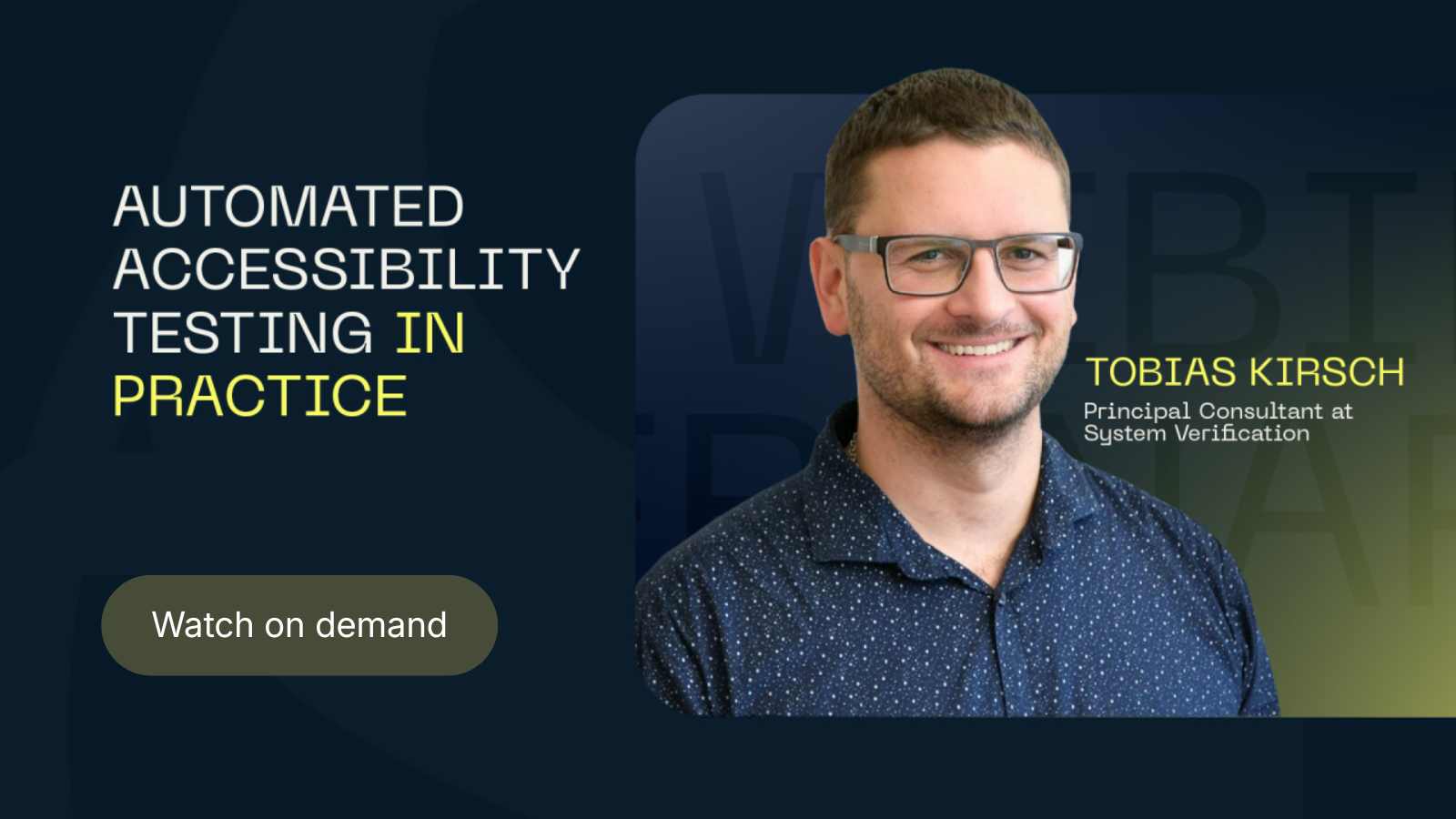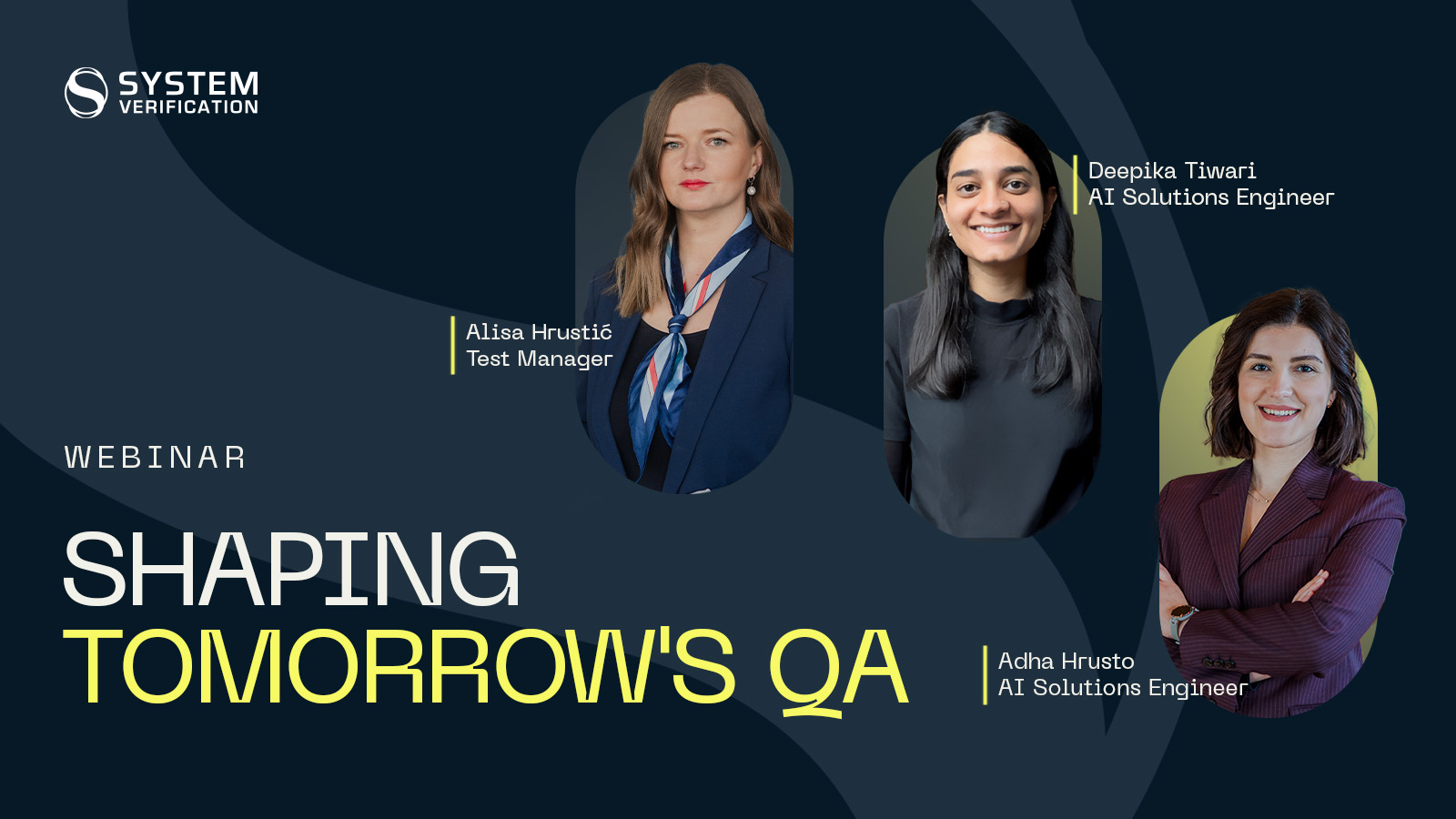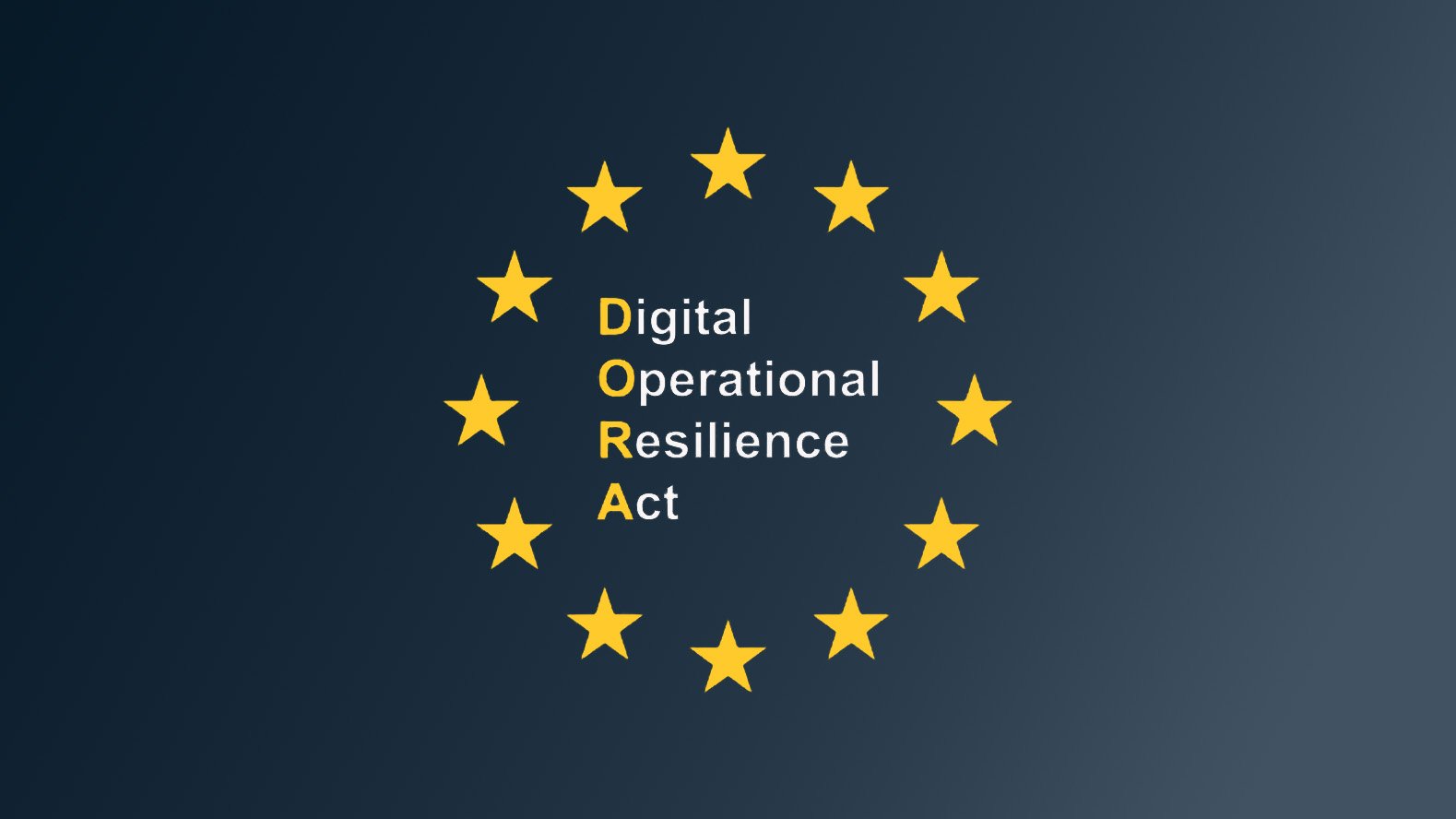KNOWLEDGE HUB


2. The Craft of Quality: Growing Beyond the Craft

1. The Craft of Quality: Loving the Work While Growing Beyond It

The Craft of Quality: Introduction

Delivering Quality in Testing: Building Trust with every release

Turning a Buzzword into Business Value with DevOps for Faster, High-Quality Software

Making QA Fun: The Story Behind Our Bughunter Challenge

A European Finance Client Case

5 Simple Tips to Succeed with Tricentis Tosca

Meet the minds behind our AI innovation

WEBINAR: Shaping tomorrow's QA

Using Scrum to Boost Engagement and Learning in Our Internship Program

Bridging Compliance and Quality Between DORA and SQA (Available in English and German)

System Verification opens AN office in Denmark – strengthening its Nordic presence

AI-Driven API Testing: A Smarter Way to Deliver Reliable Software
